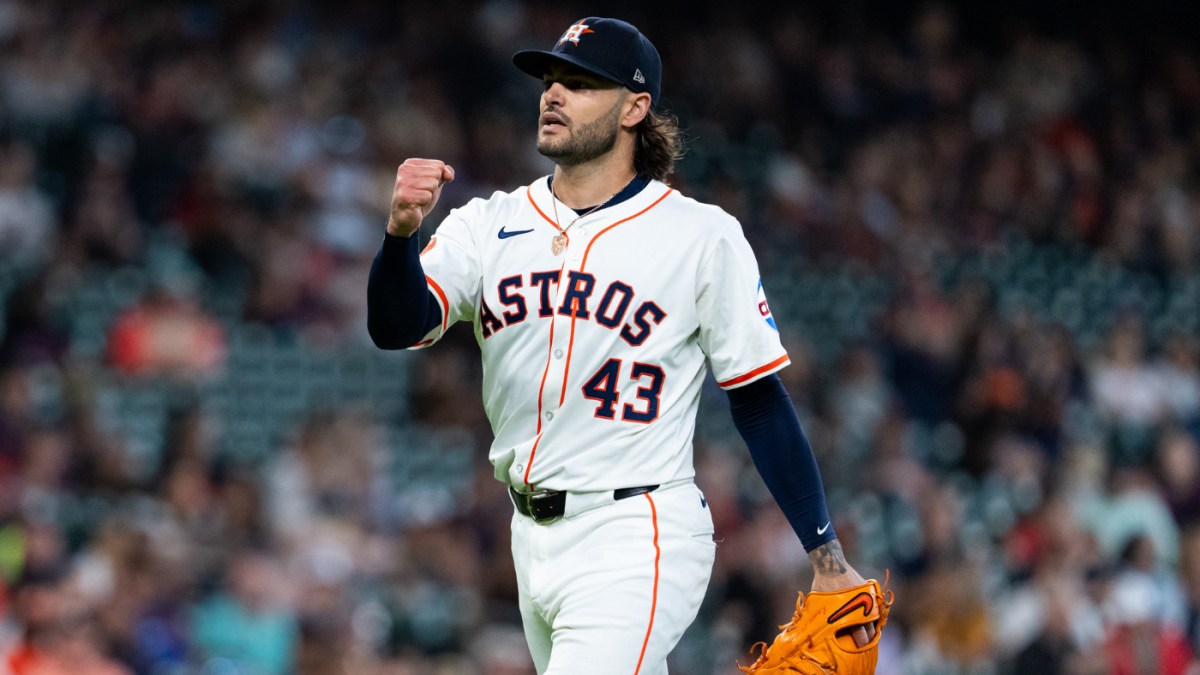Exploring the Lance McCullers Jr. Incident: When Sports Fandom Crosses a Dangerous Line
In the world of sports, passion runs deep, often inspiring thrilling moments and fervent loyalty. Yet, the incident involving Houston Astros pitcher Lance McCullers Jr.—who and his family became targets of death threats—casts a stark light on the darker edges of that passion. This troubling episode unearths the complex interplay between sports, online culture, gambling, and athlete security, prompting a candid examination of modern fandom’s challenges.
The Unfolding of a Disturbing Incident
In May 2025, after an especially poor outing by McCullers—a disastrous inning in which he allowed seven runs in a single frame against the Cincinnati Reds—an intoxicated overseas gambler, frustrated not only by the performance but also by personal financial loss, unleashed a torrent of death threats via social media. These threats didn’t merely target McCullers but extended horrifyingly to his wife and young daughters, raising urgent questions about the vulnerabilities athletes and their families face in the hyperconnected era. The swift identification of the perpetrator by the Houston Police Department and his eventual remorse highlight both the immediacy and the complexity of responding to such incidents.
Immediate Repercussions: Safeguarding Life Beyond the Game
The gravity of threats toward McCullers’ family triggered prompt, decisive action. The Astros organization coordinated closely with local law enforcement to institute round-the-clock security measures, reflecting a growing recognition within sports organizations of the real-world dangers players face off the field. McCullers’ openness in discussing the psychological impact brings to light the deeply personal toll of such harassment—especially when innocent family members become targets. This response signifies an important shift: athlete safety now transcends locker rooms and ballparks, spilling into homes and social spaces.
The Digital Age: Amplifying Fandom’s Highs and Lows
Sports fandom has always carried emotional intensity, but the digital age adds new dimensions—both empowering and perilous. Several factors illuminate why a single bad inning could trigger such a violent backlash:
– Anonymity and Accessibility: The internet lowers barriers for expressing anger, allowing individuals to lash out quickly and often without immediate consequences. Social media platforms act as megaphones for both praise and vitriol.
– Gambling’s Influence: As sports betting becomes increasingly mainstream and legally accessible, fans’ financial stakes elevate emotional responses. Losing a bet can transform disappointment into desperate frustration.
– Broader Societal Pressures: Rising polarization, stress, and a fragmented social fabric may fuel harsher expressions of discontent, creating an environment ripe for harmful behavior.
The McCullers episode neatly encapsulates these elements, showing how intoxication and financial loss can catalyze deplorable actions.
The Emotional and Practical Fallout for Athletes and Their Families
For professional athletes, public scrutiny has long been part of the job. Yet, death threats—especially those aimed at family members—enter a terrifying realm that carries heavy mental and emotional consequences:
– Heightened Anxiety: Constant fear and trauma can erode mental health, potentially affecting athletic performance and personal well-being.
– Security Challenges: Implementing 24-hour protection is a complex, costly endeavor, underscoring how vulnerable athletes are beyond their public roles.
– Urgency for Athlete Welfare: McCullers’ case has amplified conversations about the necessity of robust policies to shield players and their loved ones from harassment and intimidation.
These realities call for a deeper empathy and practical frameworks that address player safety holistically.
Music and Measures: How Sports Entities and Authorities Respond
Ensuring the safety of athletes involves a mosaic of strategies and collaborations among teams, leagues, and law enforcement agencies:
– Active Monitoring: Vigilant oversight of social media channels and rapid threat assessment are crucial to preempting harm.
– Legal and Policy Responses: Addressing cross-border harassment linked to gambling losses demands innovative legal approaches and international cooperation.
– Fan Education: Promoting awareness about the humanity behind athletes can help dismantle toxic fan behaviors and cultivate positive engagement.
Such layered action demonstrates that protecting athletes requires a coordinated, multifaceted effort rather than isolated initiatives.
Reflecting on Fandom: Striking a Balance Between Passion and Respect
The McCullers threats force a reckoning with the current state of sports fandom. Enthusiasm, when unchecked, can spill into aggression, particularly when technology fuels anonymity and immediate reactions. Healthy rivalry and spirited debate have their place; threats and harassment do not.
This incident encourages sports communities and society at large to recalibrate expectations and dialogue. Embracing respect for athletes as humans, acknowledging gambling’s emotional fallout, and fostering a culture where passion energizes rather than endangers can restore balance and ensure that sports remain a source of joy and unity.
Turning Darkness into Determination: Towards Safer, Kinder Sports Communities
The harrowing experience faced by Lance McCullers Jr. and his family serves as a stark warning—and a catalyst. It reveals the vulnerabilities athletes face amid the intersecting forces of online culture, sports betting, and fan behavior. Yet, this painful moment also ignites an opportunity to effect meaningful change.
By embracing stronger protections, advancing education, and cultivating empathy, sports communities can transform this dark chapter into a foundation for safer, more respectful engagement. McCullers’ courage in confronting the issue publicly, combined with swift organizational and law enforcement responses, exemplifies resilience in adversity.
Moving forward, fostering solidarity among players, teams, fans, and regulators is crucial. Only through collective effort can the spirit of sports—one of inspiration, competition, and connection—transcend fear and hostility to thrive in a healthier, more united environment.

